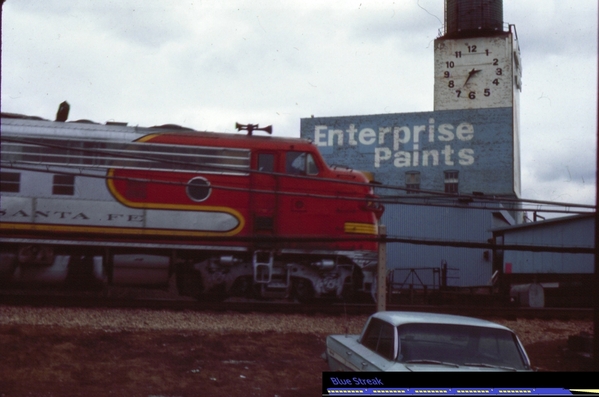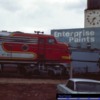Another F9 difference from the F7 is the front porthole. It is moved about 1/2, toward the rear I think, on the F9. The 48 inch dynamic brake fan is a big difference as mentioned and the I think the side grills may be different than a typical F7.
I did an opposite conversion in the 90s. I had some of the Old Atlas Roco F9s and and Pennsy did not have F9s, so I wanted to convert them to F7s. I ignored the fan because the amount of body work was too much for me. I think replacing the 36 inch fan with a 48 inch would be much easier. You would not need to worry about the area beneath the fan. Going from 48 to 36, I would have had to get very nice body work in the area where I removed the fan.
The Roco units had steam generator stuff on the rear roof panel, and I filed and sanded all that off. I also removed the 5th vent with sanding etc. And I drilled out a new porthole window in the right location for the F7. I cut off the old porthole frame and then made a patch panel from very think styrene that fit exactly between the rivet strips vertically and horizontally where the old portal was located. finally Keil LIne, Now Scale City Designs, had a cast porthole window frames for F units which I purchased and in stalled.
Those old rocos had cast on handrails and grabs and gigantic coupler openings. I cut off all the cast on grabs and replaced them with fabricated wire ones. I cut off the pilots and put pennsy style pilots on the units. I also put antennas on them for PRR Trainphone.










